NEW warning about circling roots in container stock
davidrt28 (zone 7)
9 years ago
Featured Answer
Sort by:Oldest
Comments (24)
davidrt28 (zone 7)
9 years agoRelated Professionals
Beavercreek Landscape Architects & Landscape Designers · East Lake-Orient Park Landscape Contractors · Lakewood Landscape Contractors · Madera Landscape Contractors · Placerville Landscape Contractors · Weslaco Landscape Contractors · Coral Terrace Window Contractors · Prairie Village Window Contractors · Security-Widefield Window Contractors · Port Chester Window Contractors · Clermont Driveway Installation & Maintenance · Providence Driveway Installation & Maintenance · Skokie Driveway Installation & Maintenance · Mitchellville Decks, Patios & Outdoor Enclosures · Redmond Decks, Patios & Outdoor Enclosurescold_weather_is_evil
9 years agoprairiegirlz5
9 years agoprairiegirlz5
9 years agoprairiegirlz5
9 years agoprairiegirlz5
9 years agodavidrt28 (zone 7)
9 years agorober49
6 years agodavidrt28 (zone 7)
6 years agolast modified: 6 years agodavidrt28 (zone 7)
6 years agolast modified: 6 years agorober49
6 years agodavidrt28 (zone 7)
6 years agoMens Tortuosa(5b Omaha, NE)
6 years agolast modified: 6 years agodavidrt28 (zone 7) thanked Mens Tortuosa(5b Omaha, NE)davidrt28 (zone 7)
6 years agorober49
6 years agodavidrt28 (zone 7)
6 years agorober49
6 years ago
Related Stories

ARCHITECTURERoots of Style: Origins and Interpretations of the Bungalow
Bungalows translate effortlessly across continents and cultures to adapt comfortably to many styles and regions
Full Story
GARDENING GUIDESNew Ways to Think About All That Mulch in the Garden
Before you go making a mountain out of a mulch hill, learn the facts about what your plants and soil really want
Full Story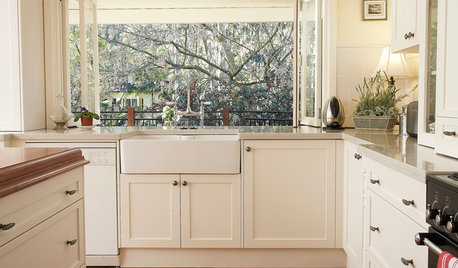
KITCHEN SINKSEverything You Need to Know About Farmhouse Sinks
They’re charming, homey, durable, elegant, functional and nostalgic. Those are just a few of the reasons they’re so popular
Full Story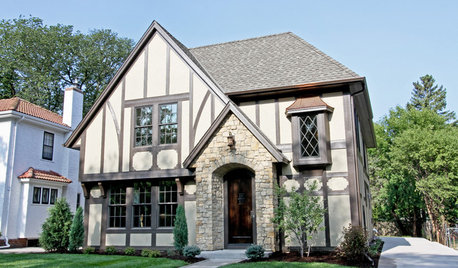
ROOTS OF STYLERoots of Style: The Indelible Charm of American Tudors
Rich details and an intimate scale give this English-inspired architectural style memorable character and flexibilty
Full Story
CONTAINER GARDENSContainer Garden Basics: How and When to Water Potted Plants
Confused about soil moisture, the best time to water and what watering device to use? This guide can help
Full Story
HOUZZ TOURSMy Houzz: A Circle of Friends Turns a Dallas House Into a Home
Homeowners enlist help from friends to remodel, build an addition and decorate their home
Full Story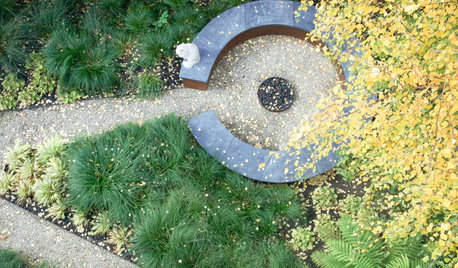
LANDSCAPE DESIGNCircle Round for Great Garden Design
Circular thinking can be a boon in creating eye-catching landscapes. Here's how to put the shape to best use
Full Story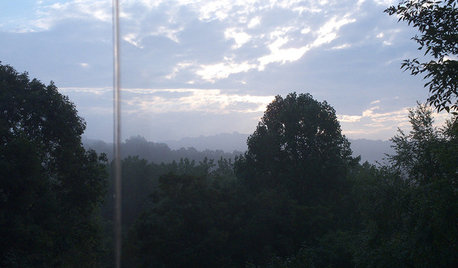
ARCHITECTURE4 Things a Hurricane Teaches You About Good Design
When the power goes out, a home's design can be as important as packaged food and a hand-crank radio. See how from a firsthand account
Full Story
MOST POPULARWhat to Know About Adding a Deck
Want to increase your living space outside? Learn the requirements, costs and other considerations for building a deck
Full Story
CONTRACTOR TIPSBuilding Permits: What to Know About Green Building and Energy Codes
In Part 4 of our series examining the residential permit process, we review typical green building and energy code requirements
Full Story







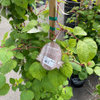
ghostlyvision